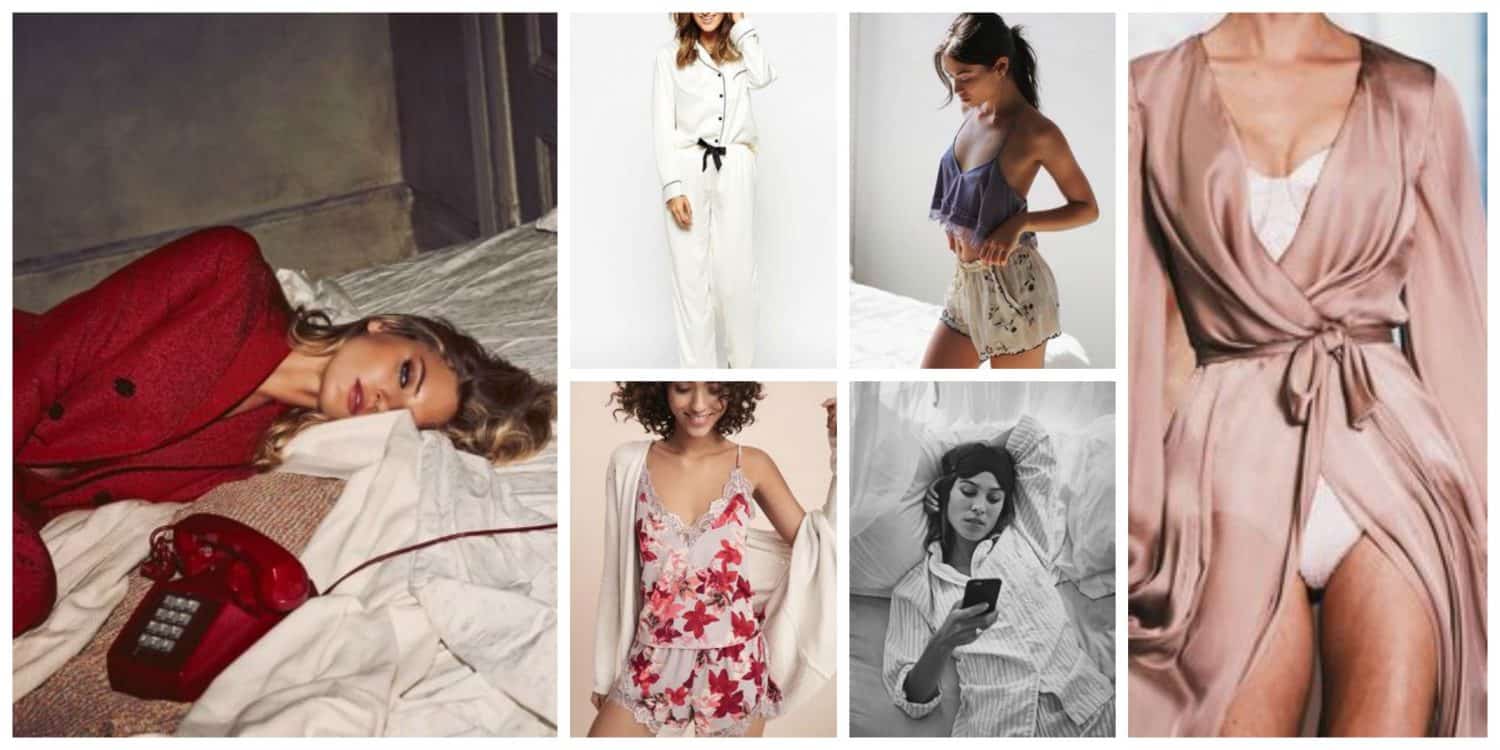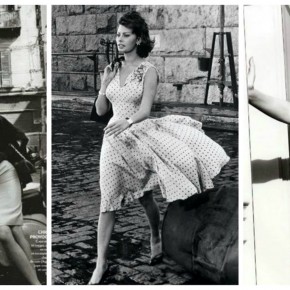Women Nightwear: What Do You Wear In Bed?
Nightwear for women has changed drastically through the years, from home-made gowns to manufactured nightshirts, pyjamas, nightgowns, onesies and slinky, silky numbers. Women nightwear were once a shapeless fashion, designed more for keeping warm and discreet, rather than looking nice and being comfortable.
Since the birth of the sewing machine in the 19th century, sleepwear has become more lavish and more diverse. As babies, we wore sleepsuits and onesies. Then we moved on to pyjamas and nighties as children. In fact, a recent study by Promopony resulted in a third of parents claiming that a warm sleepsuit was an essential clothing item for their toddlers. This seems to be more of a priority than a breathable t-shirt or clothing. Keeping warm at night is much more important for parents who have children, whereas it’s easier for adults to gauge their own body temperature and decide whether they need a few more layers for bed. Perhaps also, since central heating has made homes warmer, we are encouraged to opt for a sexier number in bed, than a nightgown or pairs of pyjamas? Nightclothes are certainly ruled by the climate and our own personal fashion, too.
Women Nightwear & Nightcaps
Nightwear and loungewear is a popular cosy mix nowadays, making it easy to strip off when we are ready to relax and stay in for the evening.
The early days of nightdresses, dressing gowns and nightcaps are gone. Society no longer dictates that women need to be prudish in covering up in the way that we did in Victorian times. Women were influenced to disguise their female curves in layers of clothing so that potential debauchery was non-existent. Men wore nightshirts that were similar to a female tunic in the Middle Ages, . This was a comparable outfit worn by men and women for years in places like Rome and Egypt. Nightdresses and nightshirts were made from rectangular pieces of white linen designed to absorb body perspiration.
Flannelette, Silk and Satins
Women nightwear design changed in the 1800s, with ladies’ nightdresses having a loose cut with minimal trimming. New styles were introduced: the V-neck, collars, cape styles and sleeves that were made with pleated or puffed material. Bodices were tied together with ribbons and ruffles, beading and lace were used to embellish the garments. Around 1890 silk in many colours and printed designs came into fashion. Hence women having something a little more luxurious to choose from. Flannelette nightgowns came in shortly after, offering a cosy alternative but still with the feminine trimmings of lace and ribbons. Empire nightgowns then seemed to be the height of fashion, subsequently followed by the flimsy negligees made from silk, satin and giving women a sexier look with see through or sheer materials. Many items of nightwear became more similar to lingerie, made from the same alluring fabrics.
In conclusion, a lady’s choice in nightwear in the modern day very much depends on personal taste. Whether you want something warm, something loose and comfy, or a feminine and flattering negligee, women have a huge range of fashions to choose from.
xoxo









